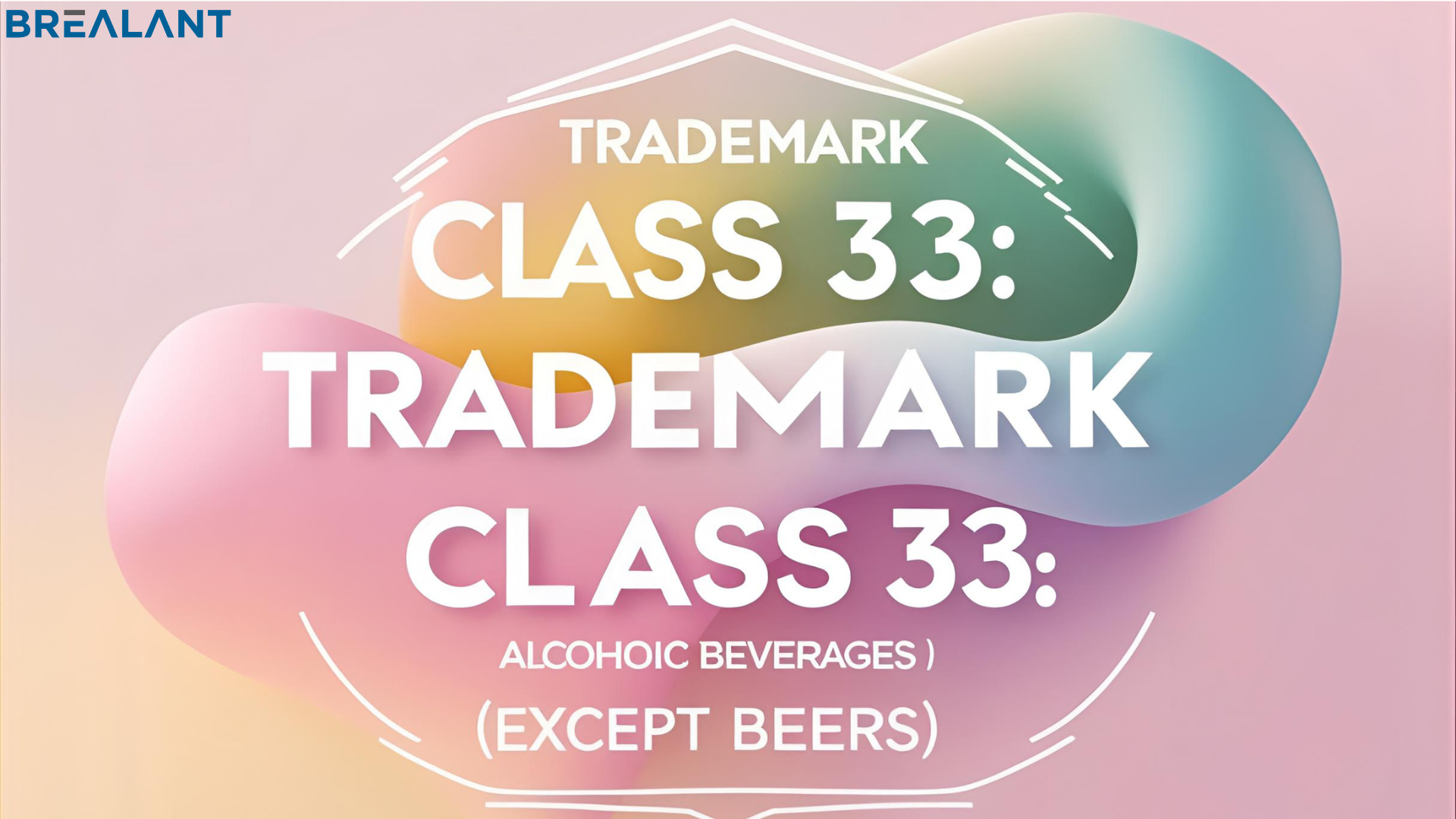

When you apply for a trademark in the Philippines, your application doesn’t just go into a single pile—it’s categorized under one of 45 trademark classes recognized by the Intellectual Property Office of the Philippines (IPOPHL). These classes come from the Nice Classification system, which is used internationally to organize goods and services.
At first glance, the system might seem complicated, but its purpose is simple: to make sure businesses in totally different industries can use the same brand name without confusing consumers. For example, if there’s a vodka brand named “Sky” and an airline also called “Sky,” no one is likely to believe both come from the same company.
Class 33 is all about alcoholic beverages (except beer). This includes:
Some classic examples of marks in this class are SWEET TORITO WINES for wines, TELLURIDE VODKA for vodka, and ADMIRAL NELSON’S for rum.
It’s important to note that not all drinks belong here. For example:
Many businesses don’t just stop at one class. If you’re working in the alcoholic drinks industry, you may also want to look at coordinated classes like:
This is a smart move if your brand isn’t limited to bottled spirits but also covers distribution, advertising, or food services.
Here’s something important: each class has its own fee. If you want to protect your trademark for both shirts (Class 25) and posters (Class 16), you’ll need to pay twice. Choosing the wrong class can also get your application rejected, which means starting over—costly in both time and money.
In the Philippines, it’s not enough to register your trademark. You must also prove actual use by submitting a Declaration of Actual Use (DAU) along with Evidence of Actual Use (EAU).
For Class 33, that usually means:
The key is that the trademark must appear exactly as consumers see it in the marketplace. For instance, a vodka bottle label works as evidence—but if your mark only shows up on the company’s return address label, IPOPHL may not count that as valid use.
The Supreme Court case Kolin Electronics Co. v. Kolin Philippines Int’l, Inc. (G.R. No. 228165, 2018) shows why classification matters. Both companies used “KOLIN” as their brand, but because one dealt with electronics (Class 9) and the other applied in a different field, the Court ruled that there was no likelihood of confusion.
This principle applies across industries—including liquor. If your rum brand shares a name with a tech company, IPOPHL looks at the class system to decide whether consumers would realistically mix them up.
If you’re looking to protect your wine, whisky, rum, or vodka brand in the Philippines, Class 33 is the right category. But don’t stop there—think about related classes too, especially if you also run bars, sell non-alcoholic versions, or do a lot of marketing.
Because classification mistakes can set you back months, it’s wise to get professional help. Local IP firms like Brealant in Makati offer affordable trademark filing support compared to bigger firms, which can help you avoid errors and protect your brand properly.